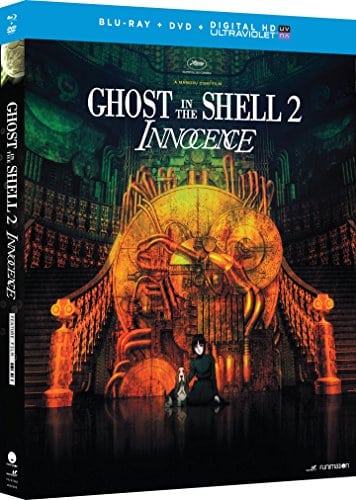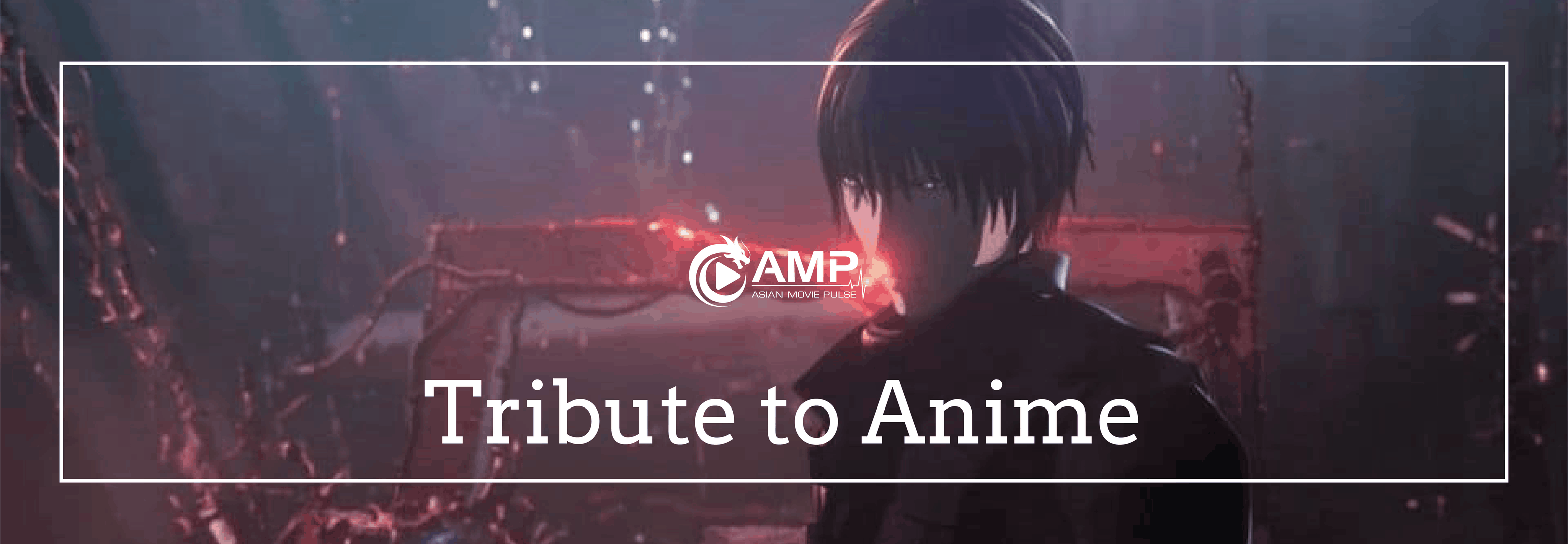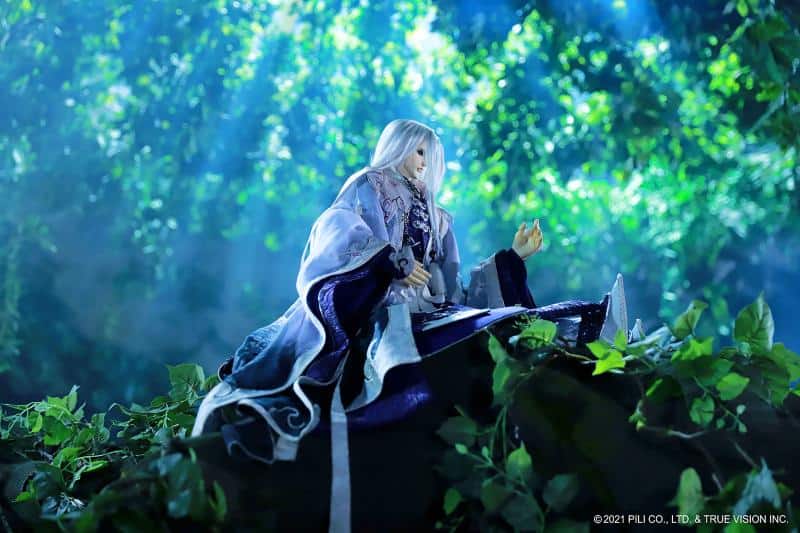With a financial backing from Studio Ghibli's Toshio Suzuki, the sequel to the “Ghost in the Shell” movie had a production budget of $20 million, most of which were allocated towards the visuals. The film went on winning a number of awards, and was the first Japanese animated feature film to be nominated for the Palme d'Or at the Festival de Cannes.
Buy This Title

This time is set in 2032, three years after the events of the original, and revolves mainly around Batou. The line between humans and machines has been blurred even more, and is now almost beyond distinction. Humans have forgotten that they are human, and the few who still own an organic body, coexist with cyborgs (human spirits inhabiting entirely mechanized bodies) and dolls (robots with no human elements at all).
Batou is partnered with Togusa, one of the few individuals without a cybernetic body, who even has a regular family. The two of them investigate Locus Solus, a corporation that manufactures gynoids, a kind of sex dolls that unfortunately for their buyers, have started killing people. However, when Batou's cyber brain is hacked and he almost kills a bunch of innocent people in a convenience store, the case is revealed much more complex that Section 9 anticipated. At the same time, Batou's Guardian Angel seems to

Major Kusanagi may not have the role she had on the original, but her absence is more than palpable, particularly on Batou, whose feelings for her were obvious since the first movie. Now, however, they are turned towards a basset hound, a truly adorable animal whose presence is among the highlights of the film.
The connection with the original is the most obvious, through the characters, the general cyberpunk setting, but also through the many philosophical, which, once more, form the backbone of the film. These include thoughts on existentialism and the concept of memory, although the concept of the “ghost” is not as central as in the previous movie. Lastly, the music, once more composed by Kenji Kawai, is similar to the original one, even offering some remixes of the tracks of the previous film.

Another connection, this time with “Blade Runner” comes through the main case, which involves androids going berserk and a large corporation that manufactures them, but seems to hide many secrets. Additionally, the urban-noir aesthetics of the main setting also share some elements with the film. The last connection, to Satoshi Kon's “Magnetic Rose” comes through the part of the mansion the two protagonists' visit, which emits a danger through the heavy, baroque style of the surroundings, in probably the most impressive, visually, part of the anime.
Technically, “Innocence” is a true masterpiece. The drawing, the attention to every detail in both the design and the animation (the movement of the dog is a distinct sample) and the coloring are impervious, and result in a truly impressive spectacle. The action scenes are also outstanding, while the gore element is more stressed than in the original, making these sequences even more impressive. The only fault I found in this department is the many identically-looking enemies during the end, although this tactic is justified through their facial semblance with Motoko.
“Ghost in the Shell: Innocence” is a more than worthy sequel, a testament to the elaborateness of all the people involved in the production, as much as the unwavering quality of the franchise.















